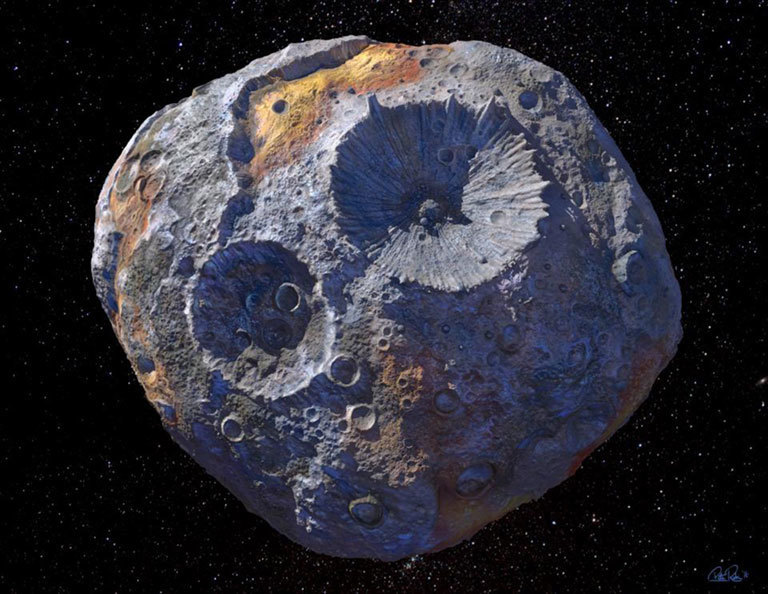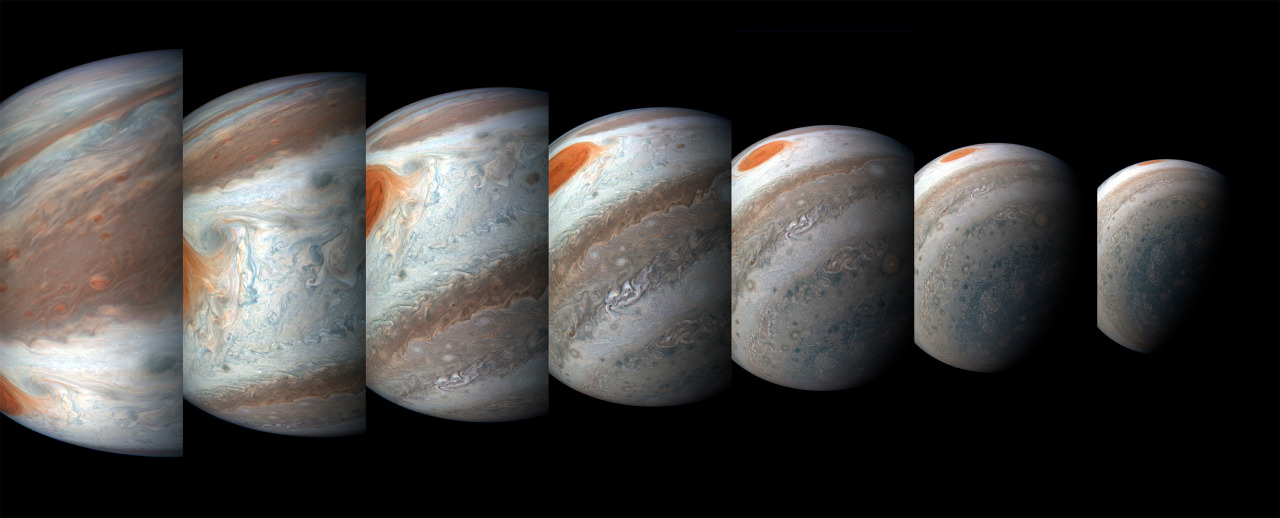Every day is Asteroid Day at NASA
It’s International Asteroid Day, and today we’re talking about everything asteroids! Although there are no known threats for the next 100 years, our Planetary Defense experts are constantly finding, tracking, and monitoring near-Earth objects to protect our home planet.
Asteroids are rocky remnants from the beginning of our solar system, and as of today, 26,110 near-Earth asteroids have been discovered!
So how do we spot these near-Earth objects? Let’s watch and see:
In addition to tracking and monitoring asteroids, we are also launching several missions to study these rocky relics. By studying asteroids, we can better understand the formation of our solar system. Here are some exciting missions you can look forward to:
OSIRIS-REx: Returning a Sample from Asteroid Bennu
Last year, our OSIRIS-REx mission successfully captured a sample of asteroid Bennu, a 4.5-billion-year-old asteroid the size of the empire state building.
Currently, OSISRIS-REx is making its long journey home carrying this sample as it returns to Earth in 2023.
Psyche: A Journey to a Metal World
Our Psyche mission will journey to a unique metal asteroid orbiting the Sun between Jupiter and Mars.
What makes the asteroid Psyche unique is that it appears to be the exposed nickel-iron core of an early planet, one of the building blocks of our solar system. Deep within rocky, terrestrial planets - including Earth - scientists infer the presence of metallic cores, but these lie unreachably far below the planets’ rocky mantles and crusts. Because we cannot see or measure Earth’s core directly, Psyche offers a unique window into the violent history of collisions and accretion that created terrestrial planets.
Lucy: Studying the Trojan Asteroids
Launching this year, our Lucy mission will be the first mission to study the Trojans, a group of asteroids that share Jupiter’s orbit around the Sun. Time capsules from the birth of our Solar System more than 4 billion years ago, the swarms of Trojan asteroids associated with Jupiter are thought to be remnants of the primordial material that formed the outer planets.
The mission takes its name from the fossilized human ancestor (called “Lucy” by her discoverers) whose skeleton provided unique insight into humanity’s evolution. Likewise, the Lucy mission will revolutionize our knowledge of planetary origins and the formation of the solar system.
DART: Double Asteroid Redirection Test
Launching this year, our DART mission is a planetary defense driven test of technologies and will be the first demonstration of a technique to change the motion of an asteroid in space.
The destination of this mission is the small asteroid Dimorphos, which orbits slowly around its larger companion Didymos. Dimorphos is referred to as a moonlet since it orbits a larger asteroid.
The DART spacecraft will achieve the kinetic impact deflection by deliberately crashing itself into the moonlet. The collision will change the speed of the moonlet in its orbit around the main body by a fraction of one percent, but this will change the orbital period of the moonlet by several minutes - enough to be observed and measured using telescopes on Earth.
At NASA, every day is asteroid day, as we have missions exploring these time capsules of our solar system and surveying the sky daily to find potential hazards. We, along with our partners are watching the skies 24/7/365, so rest assured! We’re always looking up.
Make sure to follow us on Tumblr for your regular dose of space!










